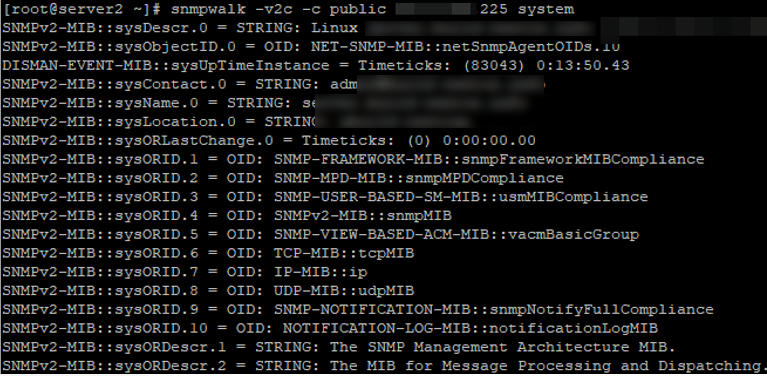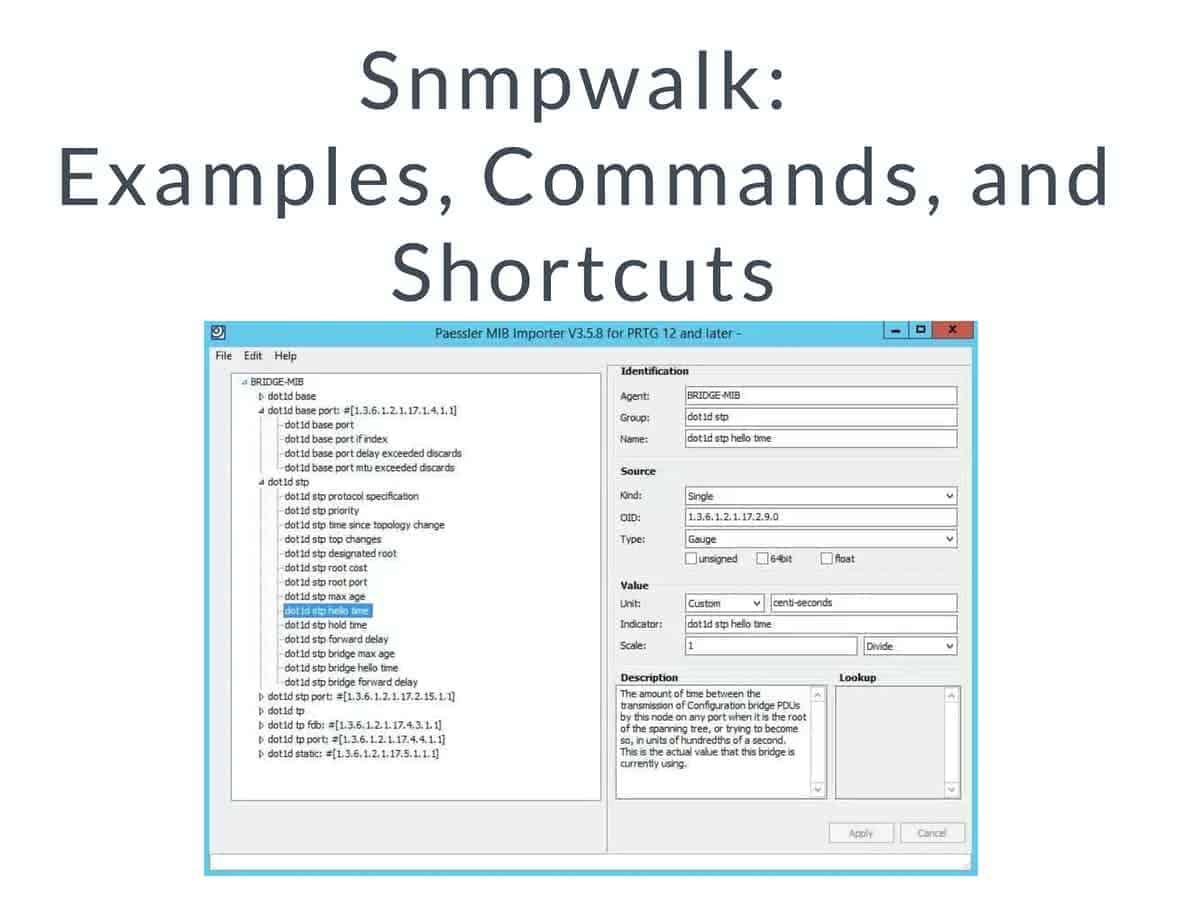

A collection of images are available in /devices/images directory. The DeviceAdditionWizard is displayed, wherein you have to specify the following details:ĭevice name : You can provide any device name.Ĭhoose a device image to differentiate between the devices in a

Right-click a group node and select Add Device.

The WALK file must be in the format supported by the simulator.
#How to use snmpwalk simulator
The Network Simulator provides option to create a device from a WALKįile. SNMP Device Creation from UI using WALK File p : The port number where the agent is running.Įxample: WalkFileCreator -h 201.202.203.29 -c public -p 8001 -f walkfile1 h : The hostname of the system where the agent is running. The following mandatory options must be specified. Run the WalkFileCreator.bat/sh file in /bin/cmdline directory. The command line utility WalkFileCreator.bat/shĮnables you to create a walk file by specifying the hostname,Ĭommunity, port number of the agent and the name of the walk file. Provides a command line utility to create a WALK file. The walk file must be in the format as supported byĪ new device can be added in the device tree of the Networkĭesigner, by specifying the ' walk file' through the GUI or fromĬommand line with other necessary arguments. Simulation of a device by specifying the SNMP WALK file as input to the If you cannot record a device (e.g., if you don't have oneĪvailable, or it is under development), then you can create a basic SNMP Device Creation From Command Line using WALK file SNMP Device Creation From UI using WALK file
#How to use snmpwalk how to
To perform an SNMP walk for SNMP v3 you can use the SNMP Walk at the command line.īelow are some examples of how to use the SNMP Walk: SNMP Using v1/v2 community strings IP:Port is important if you’ve been walking or querying multiple devices with iReasoning since it will identify which device the data came from. The Type identifies the type of data – this is important if you’re configuring a custom SNMP monitor. The Value shows the value that would be picked up by Barracuda RMM for that OID. The Name/OID is either the (mostly) human-readable name for the OID or its plain OID number. IReasoning will then perform an in-order walk through the OID tree and output a table showing the Name/OID, the Value, the Type, and the IP:Port Otherwise you can manually enter the Enterprise-specific OID specified by the device’s manufacturer. The OID will typically get picked up by iReasoning automatically.

#How to use snmpwalk free
In most cases, the free iReasoning MIB browser version will work in performing and SNMP walk, however it does not support SNMP v3. In cases like these, it is valuable to be able to browse through the available SNMP information on the device outside of Barracuda RMM. Additionally, some SNMP-enabled devices may not respond to specific Object Identifiers (OIDs) defined in their manufacturer’s Management Information Base (MIB), or may be throwing errors when trying to iterate over an extended OID. An excellent way to identify the OID for an SNMP endpoint that you want to configure a custom monitor for is by walking an SNMP.


 0 kommentar(er)
0 kommentar(er)
